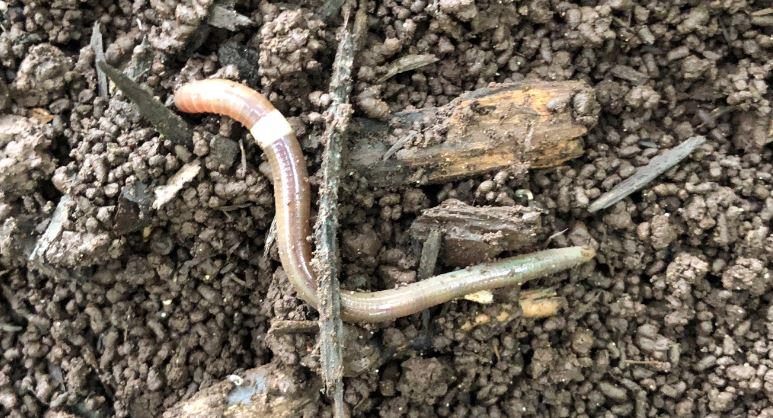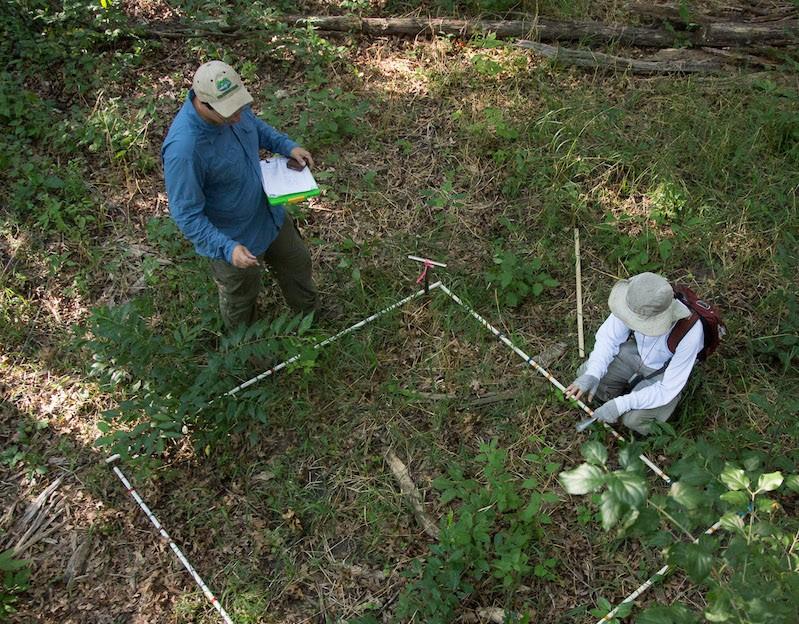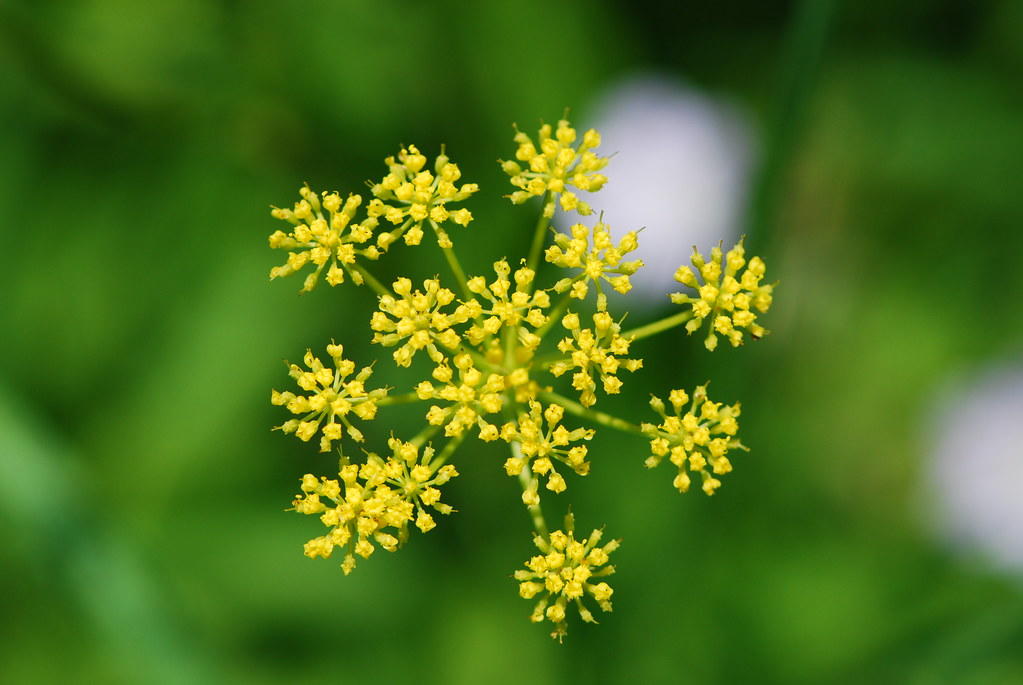Volunteers and citizen science play important roles in invasive species research. It is a great way to learn more about ecology and invasive species, get outdoors in your community, and make meaningful contributions to research.
The Minnesota Invasive Terrestrial Plants and Pests Center (MITPPC) have recruited volunteers for specific projects in the past, however, we do not have any current opportunities for volunteers.
We encourage you to upload observations using apps like iNaturalist and Nature's Notebook. The data in these apps are used by real scientists and researchers and have made a difference in MITPPC research.
Volunteer contributions at MITPPC
The following are examples of past volunteer and citizen science projects that contributed to MITPPC research.
Tracking invasive jumping worms

Jumping worms are a group of invasive earthworms known for their leaping, snake-like movement that are relatively new to Minnesota. They live and feed in the upper leaf litter layer of soil, often triggering erosion and threatening plant growth.
Volunteer Worm Rangers participated from all over the state. They explored and observed their own gardens to learn how jumping worms are spreading in our region and how they might best be controlled.
Learn about the MITPPC project on jumping worms and outcomes from the research.
Buckthorn research

Minnesotans spend millions each year removing buckthorn, yet the invasive shrub often returns to the same spots again and again. Citizen scientists worked throughout the state to help carry out experiments in woodland areas in the Buckthorn: Cover It Up project. Participants included landowners with buckthorn on their property, public or private land managers, non-profit groups, schools, community or friend groups, faith groups, and many others.
Learn more about the MITPPC project on using native plants to reduce buckthorn.
Tracking the phenology of invasive plants

In the Pesky Plant Trackers program, volunteers collected valuable information on invasive wild parsnip and Japanese knotweed by observing seasonal changes in leaves, flowers, and fruits. This data informed MITPPC research on matching biology to treatment in order to improve management outcomes.